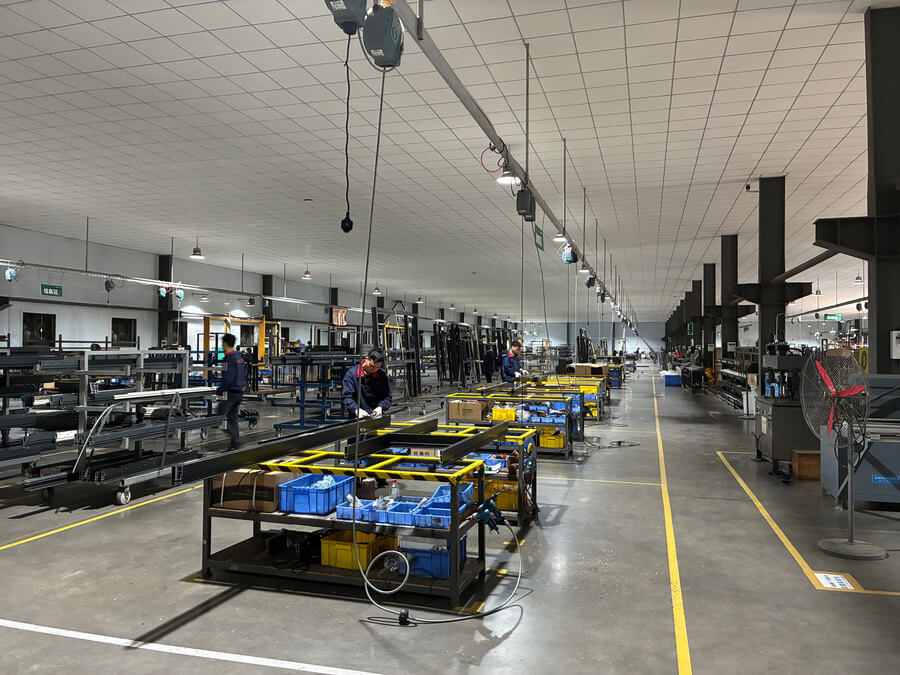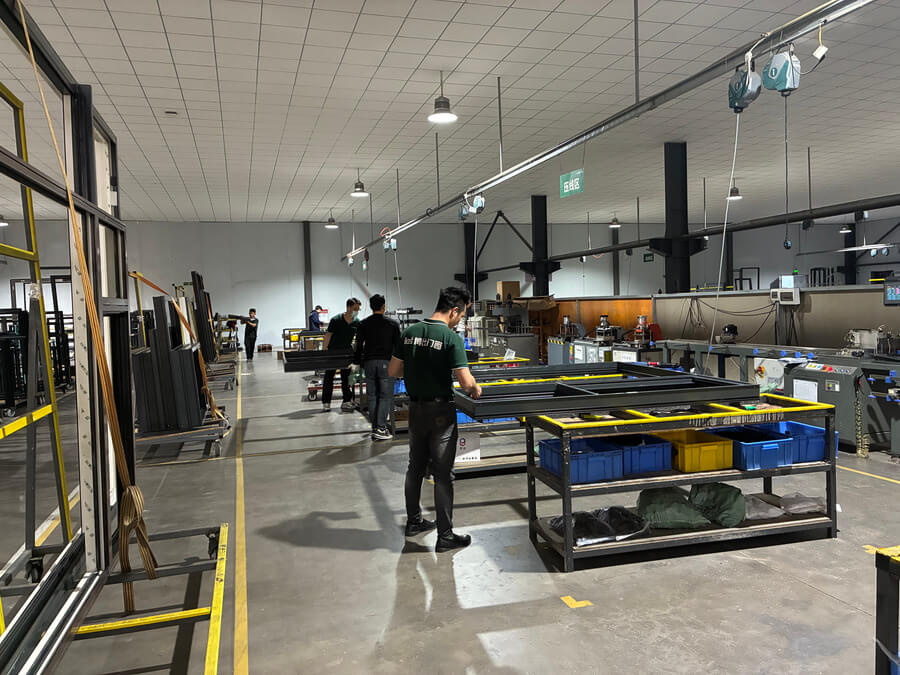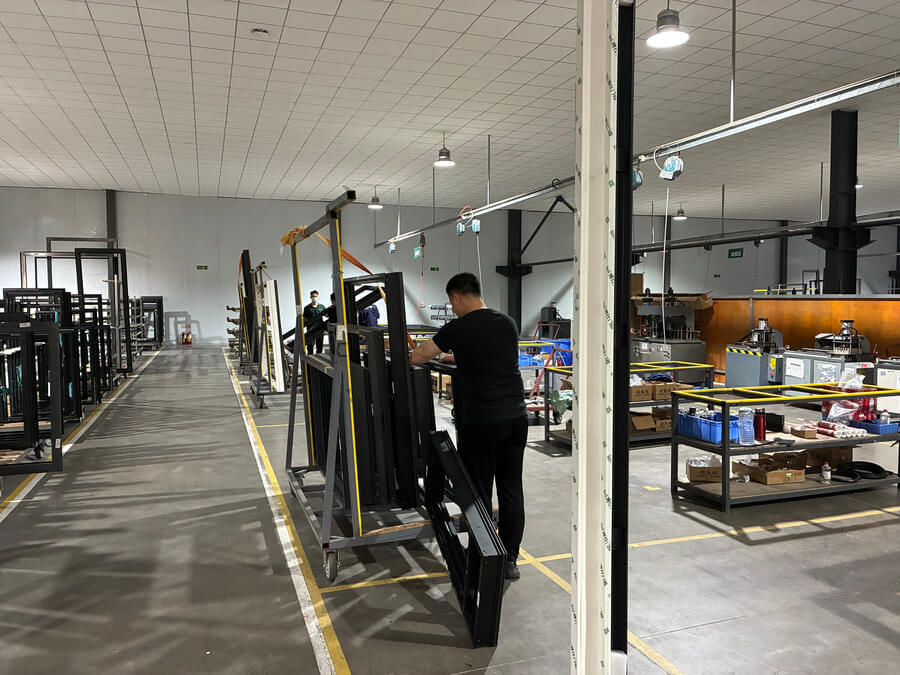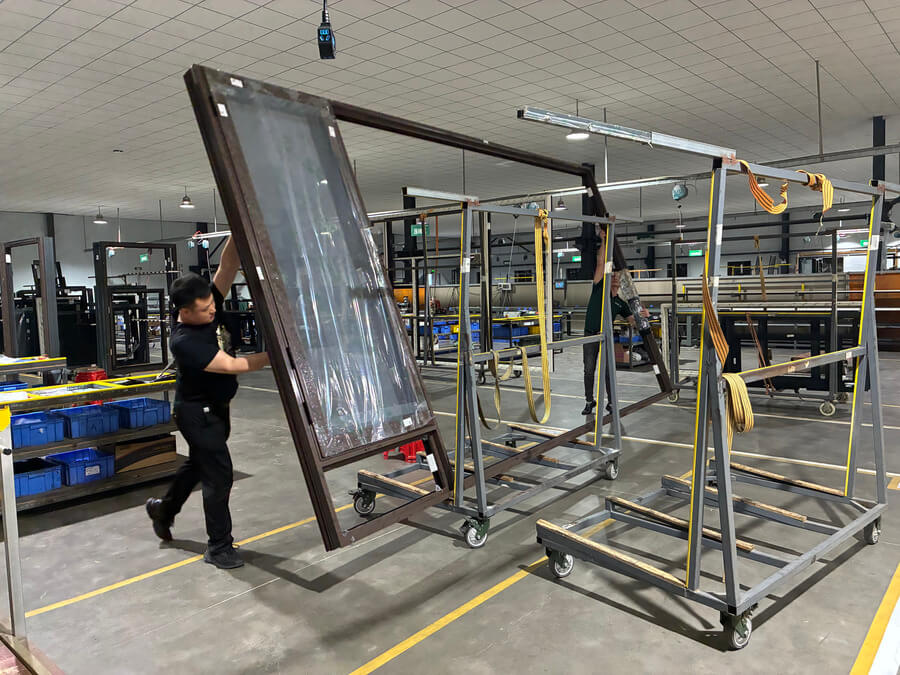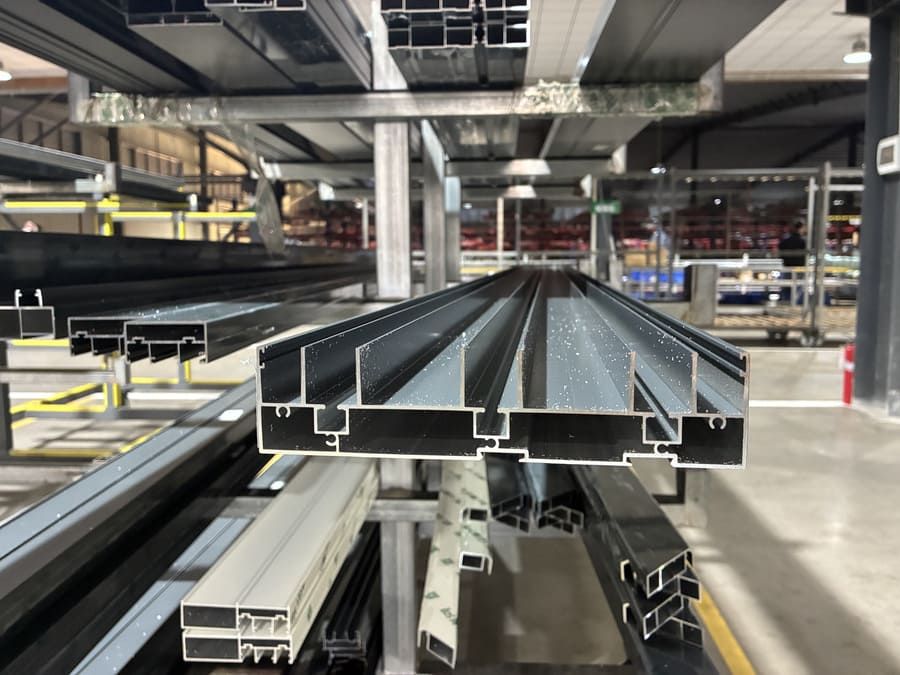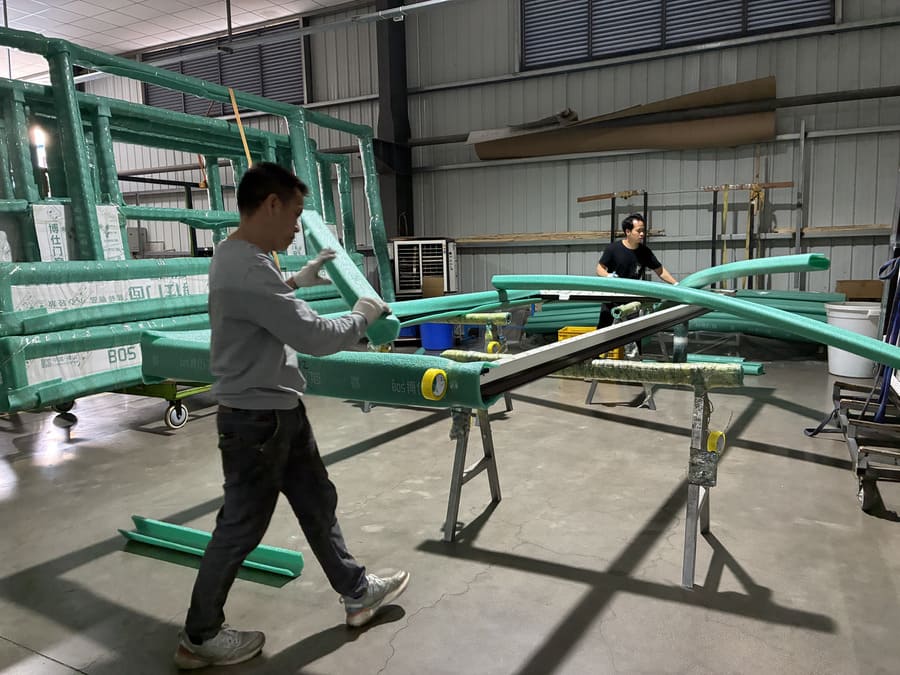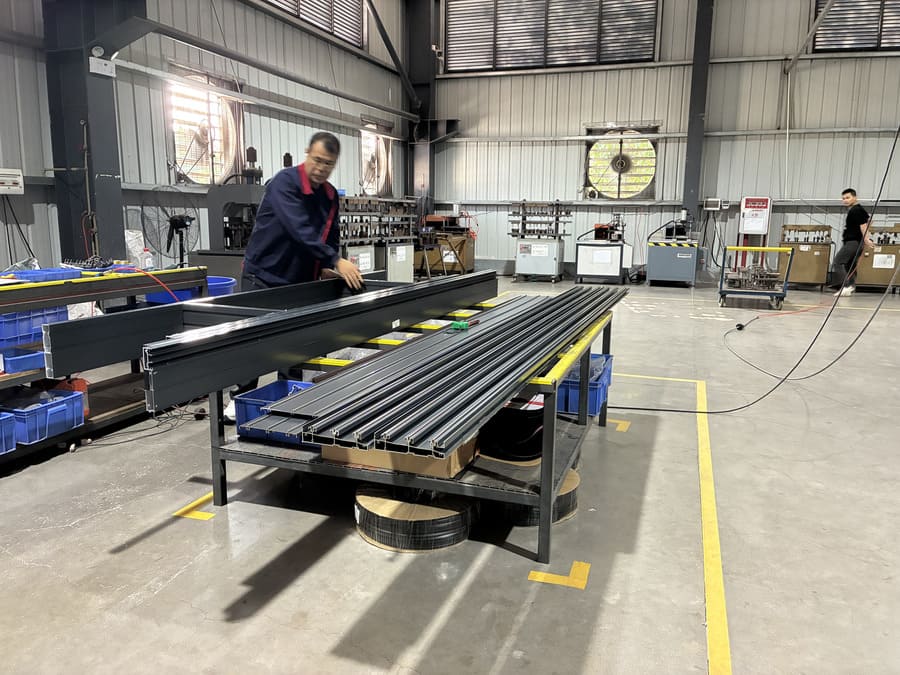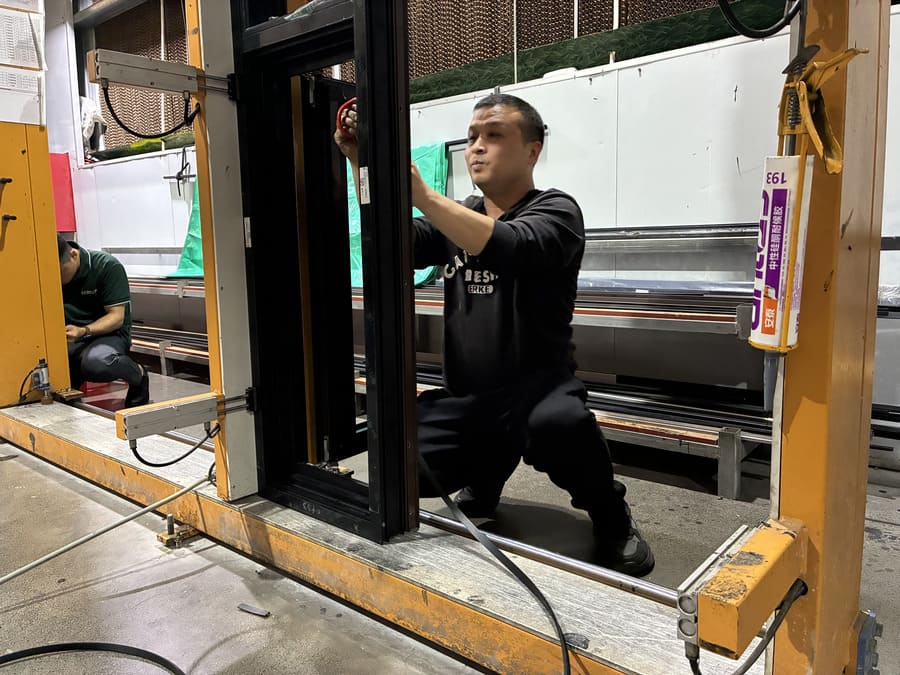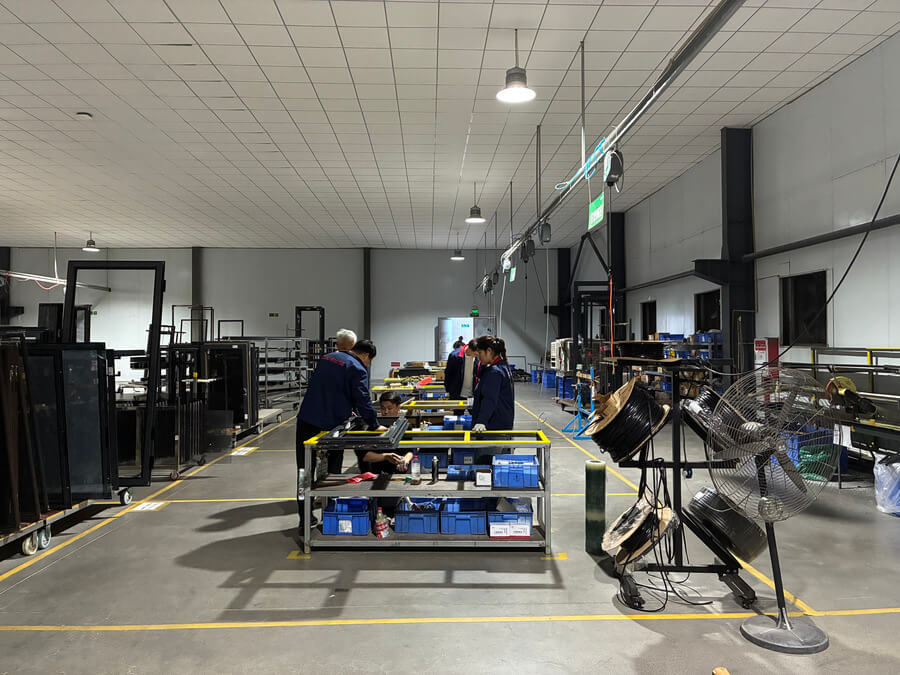What Influences Window Prices in Australia?


Here are the various factors that affect the price of windows in Australia:
Window Size and Shape
Windows with larger sizes naturally cost more because materials and labor requirements increase with their dimensions. Window designs that deviate from standard rectangular shapes, like circles or triangles, or custom angles, need special fabrication, which results in substantially higher prices than standard rectangular units.
Frame Material
This determines the entire cost structure of your project. The market widely adopts aluminum windows because they offer affordable prices, together with durable construction and minimal maintenance requirements. The natural beauty of timber windows comes with higher costs but provides superior insulation while demanding constant maintenance.
Window frames made of uPVC have gained popularity because they deliver cost-efficient energy-saving. However, composite frames, which are made from multiple materials, cost the most because of their superior performance and elegant design.
Glazing Options
Your selection of single glazing versus double glazing or low E glass will substantially influence your total costs. The higher initial cost of double glazed windows leads to better insulation benefits, which decrease your energy expenses over time. The cost will increase when you select tinted or laminated glass for heat or sound control purposes.
Window Type and Operation
The window’s style, along with its operational features, determines the total price. Fixed windows represent the most affordable option, yet sliding awning casement and double-hung windows need extra hardware and installation time, which makes them cost more. The pricing for tilt-and-turn and bi-fold systems increases because of their complex mechanisms.
Customization and Design Features
Security screens, together with integrated blinds and decorative trims and bushfire-rated components, raise the overall price of the project. The use of custom colors together with finishes and oversized glass panes also results in higher production and installation costs.
Average Window Costs in Australia Based on Type

Below is a breakdown of some of the most commonly installed window types and their average cost per unit. However, these are estimates, and actual prices may differ based on custom sizing, features, and installation complexity.
Fixed Windows
Fixed or picture windows remain stationary without any opening capabilities and typically represent the lowest cost option. These windows serve best to provide natural illumination while protecting thermal efficiency and usually function with other windows that can be opened. The average price range is $150 – $350 per unit.
Sliding Windows
Sliding windows are a common choice for contemporary Australian residences because they provide simple operation, together with affordable pricing. These windows supply cool air circulation without extending past indoor or outdoor areas. The average price range is $250 – $650 per unit.
Awning Windows
Awning windows feature top-hinged design that swings outward for ventilation while preventing rain entry. Their hardware and installation are slightly more involved than fixed or sliding windows. The average price range is $300 – $700 per unit.
Double-Hung Windows
The double-hung window design lets people use both upper and lower sashes to control ventilation options. These windows come at a higher price because their design requires additional complexity. The average price range is $400 – $800 per unit.
Casement Windows
Casement windows feature side hinges that allow the window to open outward, similar to a door. Such windows deliver excellent ventilation together with tight sealing, but need elevated hardware quality and expert installation. The average price range is $450 – $850 per unit.
Average Cost Depending on Material Type


Below is a breakdown of the most common materials for window frames in Australia and how they compare in terms of cost.
Aluminum Windows
Aluminum is one of the primary window frame materials in Australia because it offers economical pricing and modern aesthetics while requiring minimal maintenance. The material weighs little yet proves strong and sustains performance across different climatic conditions, although it transfers heat and cold through its structure without thermal breaks.
The typical price range for aluminum windows ranges from $200 to $800 based on window dimensions and specifications.
Timber Windows
The natural warmth of timber windows, along with their timeless style, makes them perfect for heritage homes and high-end architectural projects. The material needs continuous maintenance, like painting or sealing, to protect against environmental damage.
The price range for timber windows falls between $500 and $1200 per window.
uPVC Windows
The Australian market has seen rapid growth of uPVC (unplasticised PVC) as a leading option for window construction. This material delivers excellent thermal insulation together with easy maintenance at an economical price point, which beats both timber and thermally broken aluminum. The average uPVC window cost ranges from $400 to $900 per square metre.
Composite Windows
Composite windows unite two different materials, such as timber and aluminum to achieve both excellent insulation and durability benefits. Homeowners who need superior performance in their homes select these windows, but they typically cost more than standard options. The average cost ranges from $800 to $1,500+ per window.
Single vs Double Glazed Windows Cost



Single or double-glazed windows are one of the major purchasing choices when Australians select new window installations. The single or double glazed windows have multiple applications but differ significantly in their pricing structure and insulation capabilities, and long-term worth.
A single glass window unit consists of a single pane, which is the most budget-friendly window choice. The single glazed windows appear in many old Australian residences and still find use in warm weather regions and internal window installations. The single pane windows have less insulation against heat and cold. They also reduce noise and offer protection from UV rays, which makes them an inefficient option for energy savings. Single glazed windows cost between $150 and $400 per unit based on size and material selection.
Double glazed windows consist of two glass panes separated by a sealed air or gas-filled space between them. The design of the double glazed windows delivers superior thermal and sound insulation, which results in a comfortable home environment during summer and winter. The initial double glazed windows cost or double-glazing cost ranges from $400 to $1,200, yet they lower utility costs and boost home energy efficiency.
Double glazed windows are a sensible investment for homeowners in Victoria Tasmania, and the ACT regions where temperature regulation matters most. Homeowners in these regions could receive governmental incentives through rebate programs which promote energy-efficient improvement projects.
Window Installation Costs in Australia


When creating a budget for new windows, you need to consider both the window unit expenses and additional costs. The cost of window installation in Australia differs extensively across various window types and installation complexities, and geographic locations.
The installation labor expenses for standard residential window replacements normally fall between $150 and $400 for every window. The installation expenses will rise substantially when you need custom-sized windows or double glazed windows, or when the work requires access to multiple floors or special attention to heritage buildings. Complete window replacements, along with labor costs, typically have a price range of $300 to $600 per window when you need to remove existing windows.
The kind of window frame you select for installation will determine your total installation expenses. Window installations of fixed and sliding types cost less than awning, casement, and bi-fold window types because these latter styles need extra hardware and precise alignment work. The installation process for double-glazed windows demands more time and expertise when dealing with heavier frames or when maintaining thermal performance standards.
The total installation cost depends heavily on property location factors. The labor costs in Sydney, Brisbane, and Melbourne major cities tend to be higher compared to regional or rural areas. The installation expenses will increase when your property has limited access or when scaffolding requirements exist for second-story windows or large commercial glass.
Tips to Save on Window Costs

Here are the top tips to help you stay within budget for your window cost:
- Compare Multiple Quotes: One of the most effective ways to save money is to get at least three detailed quotes from local suppliers or installers. This allows you to compare pricing, inclusions, warranties, and installation timelines. Some providers also offer price matching, so don’t be afraid to negotiate.
- Choose Standard Sizes Where Possible: Custom-sized windows often come with a higher price tag due to additional labor and materials. By sticking to standard sizes, especially for common types like sliding or fixed windows, you can reduce both supply and installation costs significantly.
- Mix and Match Window Types: Not every window in your home needs to open or have advanced features. Consider using fixed windows in areas that don’t need ventilation, and reserve more expensive types like awning or casement units for functional spaces. This mix helps you stay within budget while still achieving good design and airflow.
- Select Cost-Effective Materials: The use of timber and composite frames provides aesthetic appeal, but these materials require expensive initial investment along with ongoing maintenance needs. The cost-effectiveness and practicality of aluminum and uPVC windows exist for most Australian homes when they include energy-efficient glazing.
- Plan Bulk Installations: The best approach to reduce costs during renovations or building projects is to purchase and fit all your windows and doors in a single operation. Most installers give price reductions for substantial orders alongside lower installation charges, thus helping you cut expenses for work and shipping.
Conclusion
Windows are a significant investment that enhances comfort levels while improving energy efficiency. Window costs in Australia depend on their size, along with material type and glazing, and installation costs, but knowing expected prices helps you plan efficiently.
You should obtain multiple quotes to find the best value and select practical materials such as aluminum or uPVC, and aim for standard window sizes. Make sure to verify available energy-efficient window rebates. A correct strategy will allow you to achieve cost-effective results that deliver both performance and style while ensuring your window investment delivers maximum value. If you need help with pricing and installations of your windows, Boswindor is here to help! Contact us today to get started.







